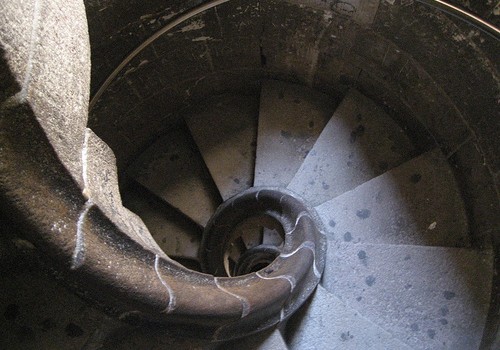
What Is A Balance Disorder?
Maintaining balance is a complex process. It requires input from the eyes, position sense from joints and middle ear. The middle ear contains three semi-circular tubes arranged at right angles to each other. These sense the position of the head relative to X, Y and Z axis. Impulses from eyes, joints and ears run along nerves to the brain. According to these impulses, the brain sends off signals to muscles triggering minor or major movements to maintain the balance. Therefore the brain acts as the coordination and control center. Loss of balance results from malfunction of any of these structures. Blind people fall easily. Middle ear infections impair head position sense. Nerve disorders like diabetes reduce joint position sense. Strokes damage cerebral control areas.
- Important notification about information and brand names used in this slideshow!
- Photo courtesy of spivvo by Flickr : www.flickr.com/photos/spivvo/3667744836/
- Cumming's otolaryngology by Paul W Flint
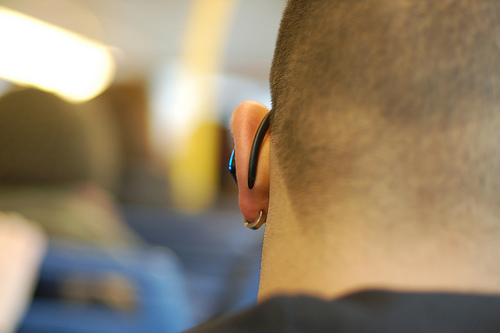
Causes Of Balance Disorders
Vertigo is a subjective sense of movement, usually rotary but sometimes linear. Diagnosis of the cause of vertigo or imbalance depends on what the patient experiences. Timing (episodic or persistent), aural symptoms (hearing impairment, ringing in ears, ear discharge) and associated neurological features(loss of consciousness, weakness, numbness, double vision, difficulty articulating words) give clues towards a cause. An episodic sense of imbalance with aural symptoms may be due to Meneire’s disease and migraine. Vertigo without aural symptoms may be due to BPPV, stroke, transient ischemic attacks, fits, an abnormal heart rhythm, spinal column disorders and postural drop of blood pressure. A persistent sense of imbalance with aural symptoms may be due to chronic middle ear infection, labyrinthine fistula, drug reactions and nerve tumors (acoustic neuroma). A persistent sense of imbalance without aural symptoms may be due to heart diseases, alcoholism, brain tumors, and degeneration of labyrinth.
- Important notification about information and brand names used in this slideshow!
- Photo courtesy of With Associates by Flickr : www.flickr.com/photos/withassociates/3111344568/
- Cumming's otolaryngology by Paul W Flint

Benign Paroxysmal Positional Vertigo (BPPV)
Benign paroxysmal positional vertigo causes episodic vertigo without aural symptoms. Benign paroxysmal positional vertigo is a degenerative condition affecting the middle ear. It occurs spontaneously, following head injury and in chronic suppurating middle ear infections. Turning the head so that the affected ear is lower triggers attacks of vertigo. Vertigo starts a few seconds after turning the head and does not last long. With treatment, benign paroxysmal positional vertigo resolves slowly over a few weeks. But it can recur. The Epley maneuver relieves symptoms quickly. It includes turning the head in a prearranged sequence so that the organs sensing the head movements are repositioned. Betahistine is effective in treating vertigo and delaying the second attack.
- Important notification about information and brand names used in this slideshow!
- Photo courtesy of Dino and Ptero by Flickr : www.flickr.com/photos/dinoptero/4200766953/
- Cumming's otolaryngology by Paul W Flint
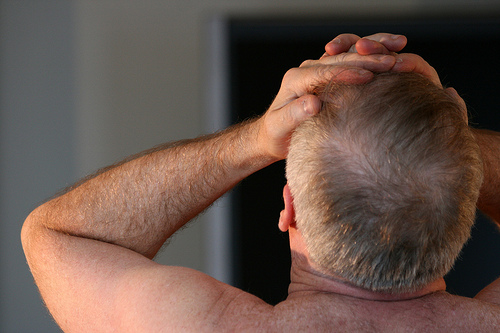
Vestibular Neuronitis
Vestibular neuronitis causes a single attack of sense of imbalance without aural symptoms. Vesibular neuronitis is an inflammation of the vestibular division of the auditory nerve. This is probably of viral origin. It causes vestibular failure. In vestibular failure, neural impulses required to maintain balance do not reach the brain. The sense of imbalance comes on suddenly and overwhelmingly. Hearing is not affected. There is no ringing inside the ear (tinnitus). An acute attack slowly resolves in two weeks. It may recur intermittently but complete resolution takes place steadily over six to twelve weeks. Non-steroidal anti-inflammatory drugs oral steroids may be effective in reducing the inflammation of the vestibular nerve and relieving symptoms.
- Important notification about information and brand names used in this slideshow!
- Photo courtesy of Quinn Dombrowski by Flickr : www.flickr.com/photos/quinnanya/4570404724/
- Cumming's otolaryngology by Paul W Flint

Labyrinthitis
Labyrinthitis causes a single attack of sense of imbalance with aural symptoms. Labyrinthitis is an inflammation of the vestibular labyrinth. It is due to viral or bacterial infection. The infection reaches the labyrinth by erosion. Acute middle ear infections also give rise to labyrinthitis in some cases. The infection sometimes just causes inflammation but sometimes pus may form inside the labyrinth causing overwhelming symptoms. The sense of imbalance is overpowering if pus forms and less if not. Nausea and vomiting usually accompanies vertigo. Pressure on the tragus (the small protruding flat skin just in front of the external ear opening) causes vertigo. The auditory mechanism is affected resulting in deafness (senorineural deafness). Antibiotics are the mainstay of treatment. If the cause is chronic ear disease, mastoidectomy may be needed. Labyrinthine drainage may be needed in resistant cases.
- Important notification about information and brand names used in this slideshow!
- Photo courtesy of Jehane by Flickr : www.flickr.com/photos/sequoya/2327606256/
- Cumming's otolaryngology by Paul W Flint
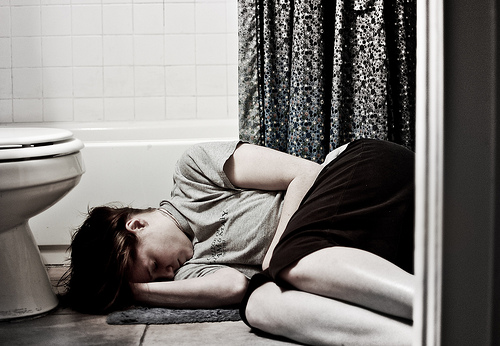
Other Causes Of Vertigo
A reduction of blood supply to the brain due to a short lasting drop of blood pressure while standing from supine position (postural hypotension), an irregular heart beat or a blocked artery (stroke, transient ischemic attack) causes dizziness and vertigo. Acoustic neuroma is also known as vestibular schwannoma. It is a slow growing benign tumor of the vestibular nerve. It causes deafness, ringing in ear on affected side and slowly worsening balance. It may increase pressure inside the skull. Surgery is curative. Vasovagal attacks are improper stimulations of the Vagus nerve. Some individuals are extra sensitive and turning the head, shaving, tickling can trigger an inhibitory impulse that slows down the heart rate, reduces blood pressure and causes vertigo.
- Important notification about information and brand names used in this slideshow!
- Photo courtesy of Britt-knee by Flickr : www.flickr.com/photos/lsuchick142/6819471485/
- Cumming's otolaryngology by Paul W Flint
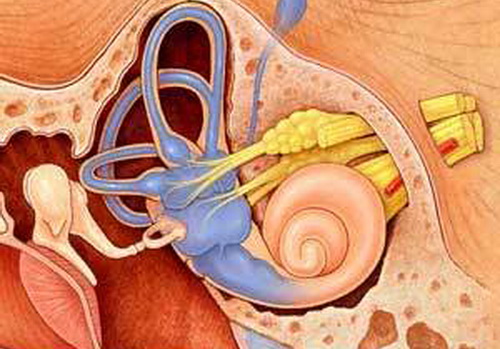
Meniere's Disease
Meniere’s disease causes an episodic sense of imbalance with aural symptoms. The labyrinth is a structure inside the ear responsible for balance. It has a bony part and a membranous part. It contains a fluid called endolymph. In Meniere’s disease there is accumulation of endolymph stretching the membranous labyrinth. It can occur at any age. But it is most common between 40 to 60 years of age. It starts in one ear. But in 25% of the cases Meniere’s disease is bilateral. Meniere’s disease features a profound, intermittent, rotatory vertigo preceded by a feeling of fullness, deafness and ringing in the affected ear. Cinnerazine, prochlorperazine, and chloptomazine are effective against an acute attack of Meniere’s disease. Fluid and salt restriction, avoidance of smoking, alcohol and coffee are effective in between attacks. Betahistine may prevent a second attack.
- Important notification about information and brand names used in this slideshow!
- Photo courtesy of therealmango by Photobucket : media.photobucket.com/user/therealmango/media/Engorged.jpg.html?filters[term]=meniere&filters[primary]=images&filters[secondary]=videos&sort=1&o=8
- Cumming's otolaryngology by Paul W Flint

Motion Sickness
Balance requires synchronized inputs from eyes, joints and ears. When inputs from ears and eyes are not synchronized motion sickness results. Motions sickness can be due to movements felt but not seen, seen but not felt and due to asynchrony of the two sensations. Carsickness occurs while reading a book or looking at something inside the vehicle. The ear senses the movement but eyes do not see corresponding movement. Looking out of the windows relieves symptoms. Same mechanisms cause air sickness and sea sickness. Looking out of a window doesn’t provide relief for sea sickness because water does not provide a fixed point to judge movement against.
- Important notification about information and brand names used in this slideshow!
- Photo courtesy of Mariah by Flickr : www.flickr.com/photos/mimitex-graphy/5400319490/
- Cumming's otolaryngology by Paul W Flint

Perilymph Fistula
Perilymph fistula causes a single attack of sense of imbalance with aural symptoms. There are two membrane-covered gaps between middle and inner ear. They are the round window and the oval window. External sound waves vibrate the ear drum. Three small bones in the middle ear called malleus, incus and stapes amplify and transmit these vibrations on to the round window. Perilymph fistula occurs due to spontaneous rupture of the round window membrane or damage to the stapes. Perilymph fistula features ringing in the affected ear, deafness and sense of imbalance. Longstanding straining, lifting heavy weights and scuba diving may promote spontaneous rupture of the round window membrane. Bed rest usually relieves symptoms. In case of persistent symptoms, surgery may be needed.
- Important notification about information and brand names used in this slideshow!
- Photo courtesy of Andrei Vassiliev by Flickr : www.flickr.com/photos/andreivassiliev/698915235/
- Cumming's otolaryngology by Paul W Flint

Mal De Debarquement Syndrome
This is a rare condition called disembarkation sickness. It occurs after an event of sustained motion. Patients feel rocking, swaying, bobbing, difficulty in concentrating, fatigue, headache, confusion and anxiety. Some experience fullness in their ears, ringing in ears, deafness and pain. They get these sensations after getting down from a boat, car or plane while standing on solid ground. Symptoms resolve with movement. Getting into a car, boat or plane after the onset of disembarkation sickness and moving will relieve symptoms. Lack of sleep, loud sounds, flashing lights and enclosed areas trigger episodes of debarkation sickness. There is no cure for debarkation sickness. Betahistine and anti-vomiting drugs may help relieve symptoms.
- Important notification about information and brand names used in this slideshow!
- Photo courtesy of Adam Jones by Flickr : www.flickr.com/photos/adam_jones/5723101486/
- Cumming's otolaryngology by Paul W Flint



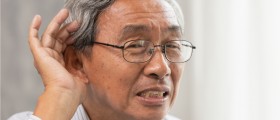


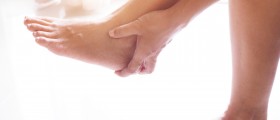



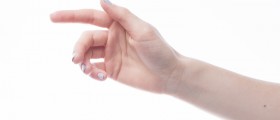
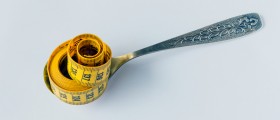
_f_280x120.jpg)



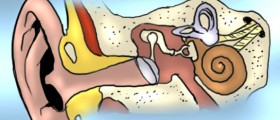
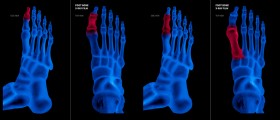



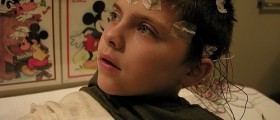
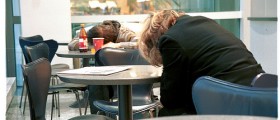




Your thoughts on this
Loading...